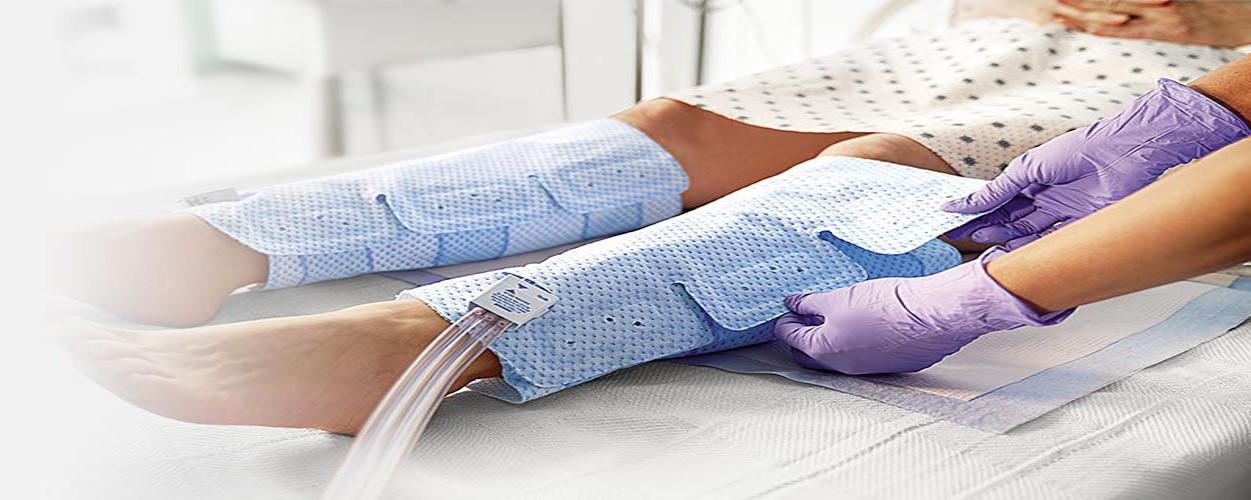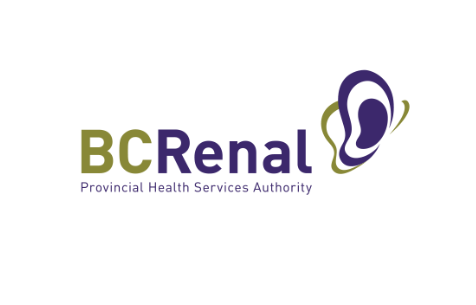Designed to prevent blood clots, sequential compression devices also provide an opportunity for procurement innovation.
Procurement processes in health care can often appear as intricate and fixed as the systems of the human body. However, a waste-reduction initiative led by the Provincial Health Services Authority (PHSA) Procurement team demonstrates that even established systems can be transformed. This project started in January 2019 with a mundane but essential product: the sleeve of the sequential compression device product (SCD), designed to promote blood circulation and prevent blood clots in patients.
Prior to 2019, the B.C health authorities used single-use sleeves, which generated significant waste and financial costs. With the expiration of a vendor contract in 2019, a thorough review of the product and contract was prompted. As well, Health Canada approved the medical technologies company Stryker to reprocess used sleeves and sell them back to health authorities.
Albert Csapo, the Regional Clinical Utilization Director for perioperative services at Vancouver Coastal Health, flagged the potential to purchase the reprocessed products instead. The opportunity had support from some of the project partners, but there was resistance from other perspectives. Financial partners were initially reluctant to endorse the upfront capital costs of replacing the air pump machines that the original vendor provided for free, and other vendors cited potential patient risks and concerns about the quality of reprocessed medical devices, which resonated with some nurses.
Fortunately, there were passionate champions of the reprocessed products within the procurement department, who built a persuasive case around the potential cost savings, increased operational efficiencies, and environmental benefits of making the switch. Specifically, owning the air pump machines would save nursing staff from the cumbersome task of tracking leased devices; an average of 60,000 devices would be diverted from landfill—not to mention the packaging for each device; and over seven years, the health authorities would achieve an estimated $6.3M in cost savings.
Eventually, PHSA issued a Request for Proposal (RFP) to secure new air pump machines necessary for the SCD’s operation. This upfront investment, seemingly a financial hurdle, was actually a calculated step towards long-term savings. B.C. health organizations started realizing the financial benefits in 2023.
This case exemplifies the potential for strategic procurement to catalyze significant advancements in health-care efficiency and sustainability. “The need for champions and the willingness to challenge assumptions around what vendors tell you is critical,” reflected a procurement team member.
Supply chain manager Jonathan Freund, who was a core decision-maker in this initiative, notes,
Nothing was forcing us to do this, but we did it anyway.”
The journey of shifting to reprocessed sleeves offers a compelling case study for procurement departments navigating the intersection of cost-efficiency and sustainability. It’s not just a change from one vendor to another, or from one product to a more sustainable one; it’s a shift from conventional wisdom toward a culture of innovation and sustainability.








